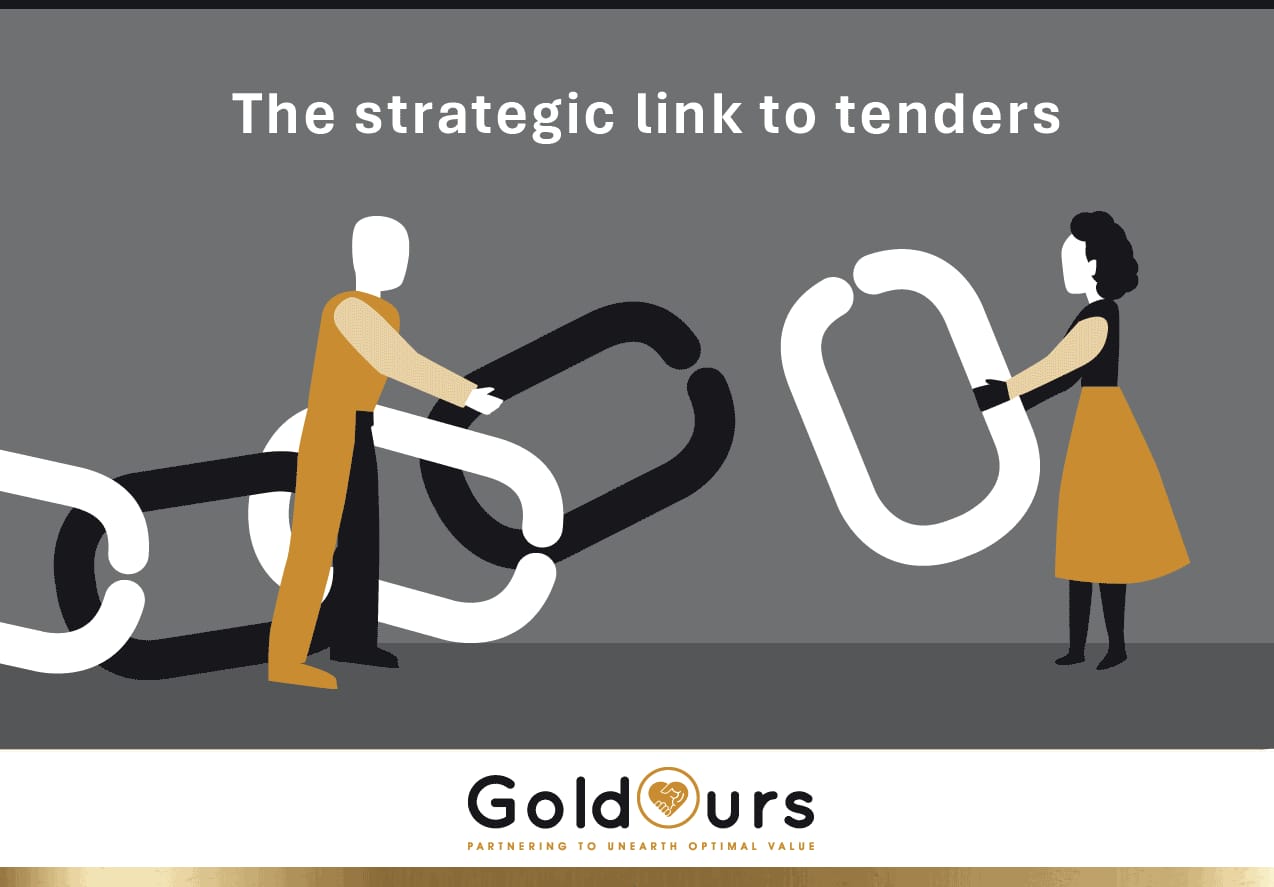
Solution to misalignment
For us, strategy isn’t just about the “what”. It’s about the “why”. When every leader is aligned on a single purpose, we’ve seen organisations move from a siloed approach to a cohesive, unified force. True growth isn’t an accident. It’s the result of every individual understanding their part in the bigger picture.
So let’s start at the beginning. Just what is leadership alignment? Goldours explains.
Leadership alignment is when a group of people who share a common set of objectives and agree on the actions required by themselves and their teams to achieve them.
Simply put, leadership alignment is when leaders agree on a business strategy and how to execute it.
So why all the hype?
· Experts agree that alignment can be a competitive differentiator when leaders align around a shared vision to drive faster and more effective innovation.
· Global management consulting firm McKinsey confirms there is a strong link between leadership teams that are aligned and organisations that “overperform, or outperform, over long periods of time.”
· Others point to a shared vision driving faster and more effective innovation.
So what are the other rewards?
Everyone agrees that all company resources – human and otherwise – must be leveraged to maximise benefit. This is what leadership alignment delivers.
· Gibraltar coach Lucia Baldelli says that aligned teams can make fast decisions because all are clear on the priorities, based on shared values and behaviours, and importantly, the corporate strategy.
· Leadership teams are more resilient because they navigate challenges more effectively and can adapt quickly.
5 steps for maintaining alignment

1. Maintain a clear vision and strategy
- Ensure leaders are aligned on the company’s fundamental vision, mission and core values.
- Develop a clear vision for the company that everyone can get behind.
- Communicate the strategy well.
2. Prioritise communication and collaboration
Consistent, open communication and regular feedback loops among leadership and teams encourage understanding and address concerns.
Encourage cross-functional collaboration to enable leaders from different departments to share updates, address roadblocks, and align priorities.
Implement shared platforms to centralise information, make it easily accessible, and maintain transparency across the company.
3. Provide clarity on roles and expectations
Ensure that everyone clearly understands their roles, responsibilities, and the expectations associated with their positions.
Identify and address potential bottlenecks and challenges upfront to smooth out expectations and prevent confusion.
Clearly define what information should be communicated, to whom, when, and how, to ensure consistent messaging across all teams.
4. Focus on a culture of trust and accountability
Publicly state that dissenting opinions are welcome, thereby fostering a healthy environment that promotes better decision-making and growth.
Cultivate an environment of trust and psychological safety, empowering individuals to speak up when issues arise.
Establish clear expectations and ensure leaders are accountable for enforcing them, promoting a culture of mutual accountability at all levels.
5. Ensure ongoing leadership development
Invest in leadership development programmes that focus on shared learning and collaborative problem-solving.
Use tools and feedback mechanisms, such as assessments, to pinpoint leadership strengths and identify areas for development.
Use regular check-ins, feedback loops, and assessments to maintain consistency and alignment throughout the leadership hierarchy.
For details on how Goldours can assist you and your business, contact Sazi Ndwandwa on (email) sazi@goldours.co.za.
If you like this blog, please share and follow us on LinkedIn.








